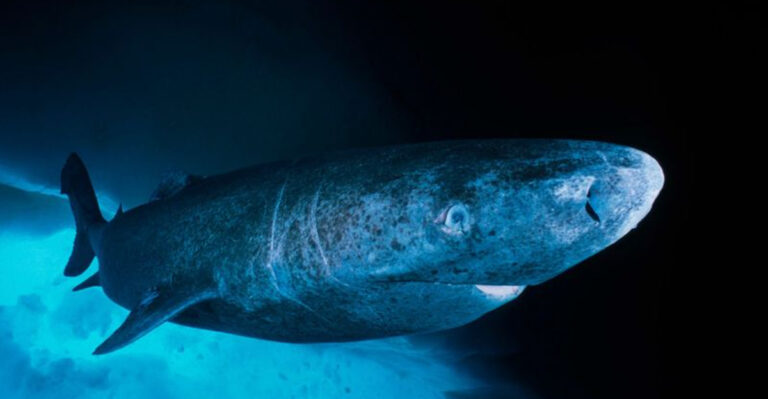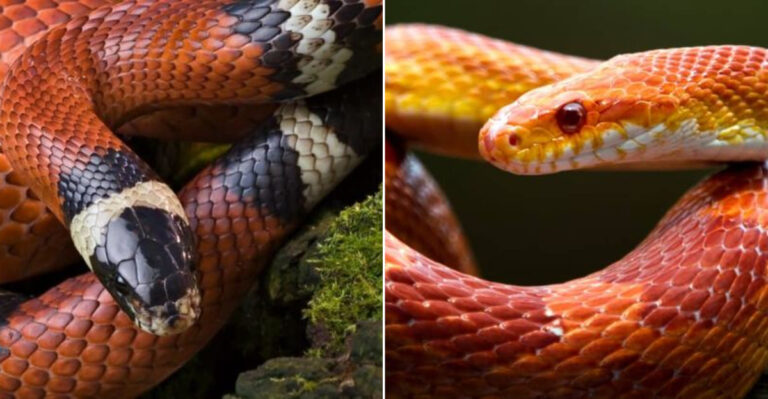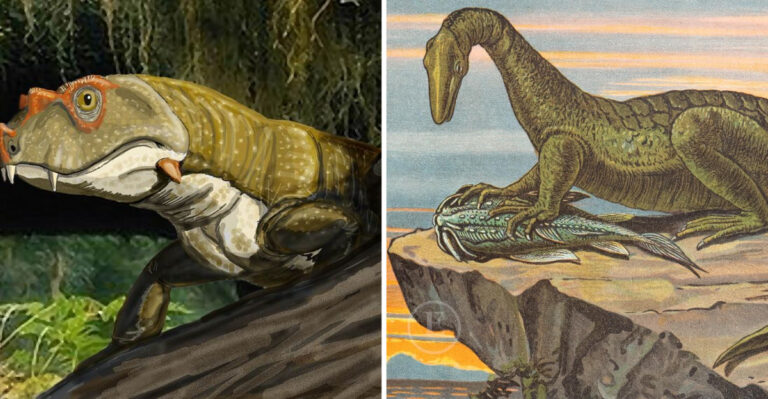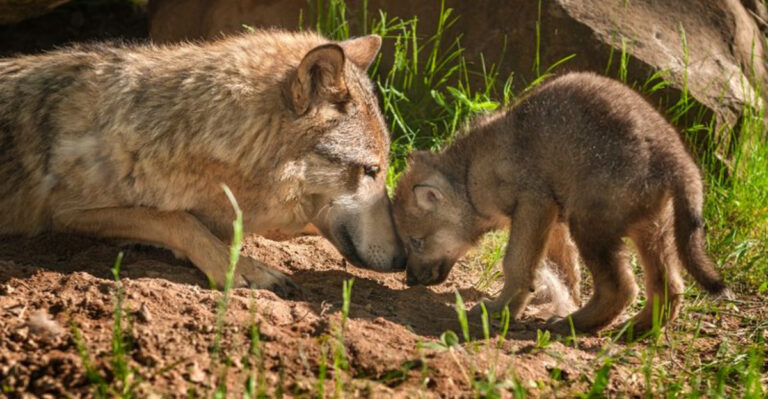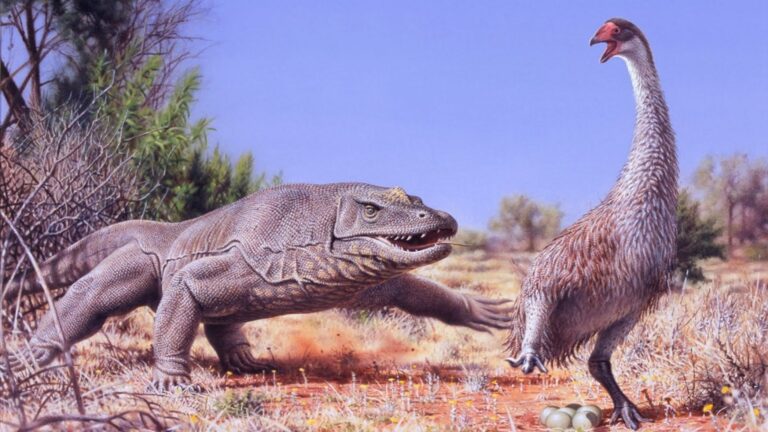11 Animals That Have Been Around Longer Than Sharks
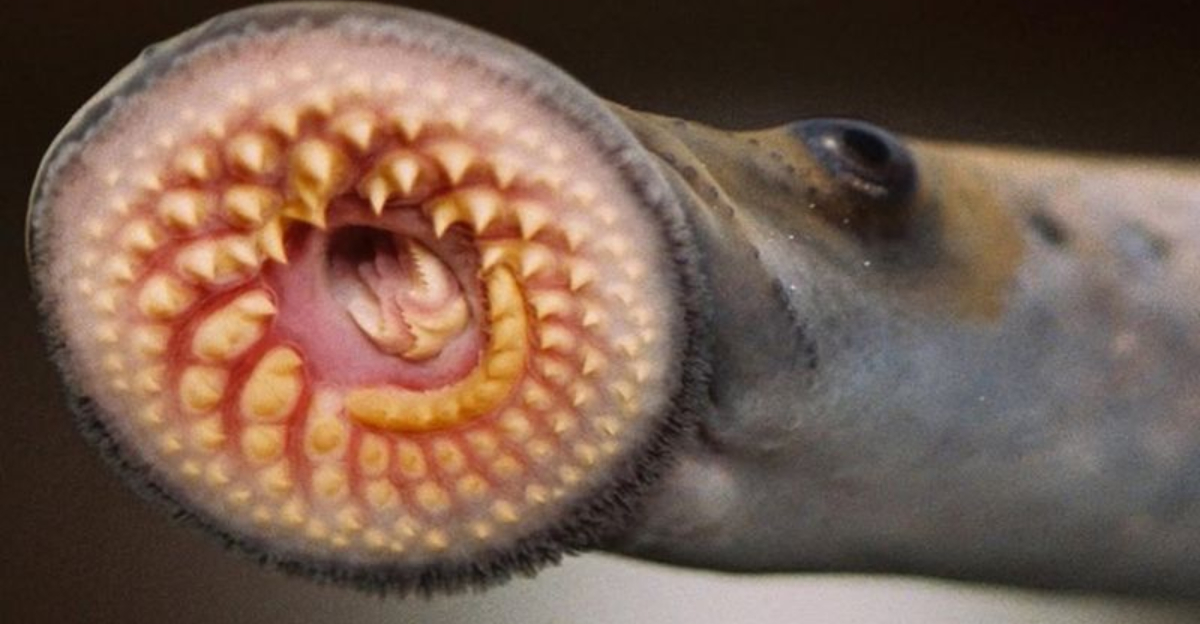
Sharks have been swimming in our oceans for about 450 million years, but surprisingly, many other creatures have been around even longer. These ancient survivors have witnessed the rise and fall of continents, adapting and thriving through Earth’s dynamic history.
This list embarks on a fascinating journey through the annals of time, spotlighting remarkable animals that predate even the awe-inspiring shark.
1. Horseshoe Crab
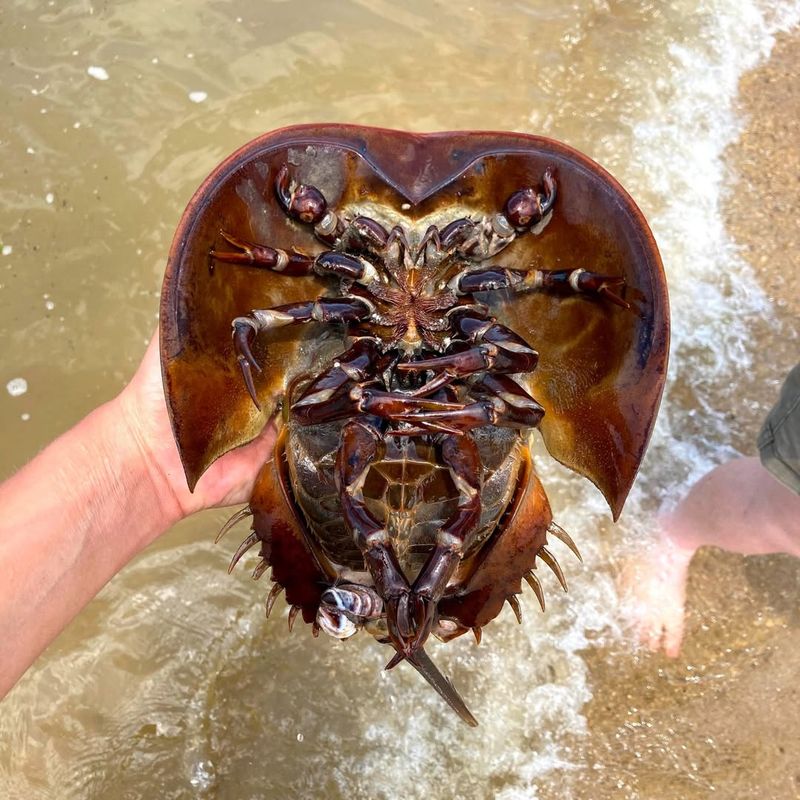
These fascinating creatures have been scuttling across the ocean floor for over 450 million years. With their armored shells and long, spiky tails, horseshoe crabs look like something out of a sci-fi movie. They’re not actually crabs but rather more closely related to spiders!
Surprisingly, their blue blood is highly valued in medical research. Despite their ancient lineage, they continue to thrive in coastal waters, playing a crucial ecological role. Conservation efforts aim to protect these timeless guardians of the sea’s edge.
2. Nautilus
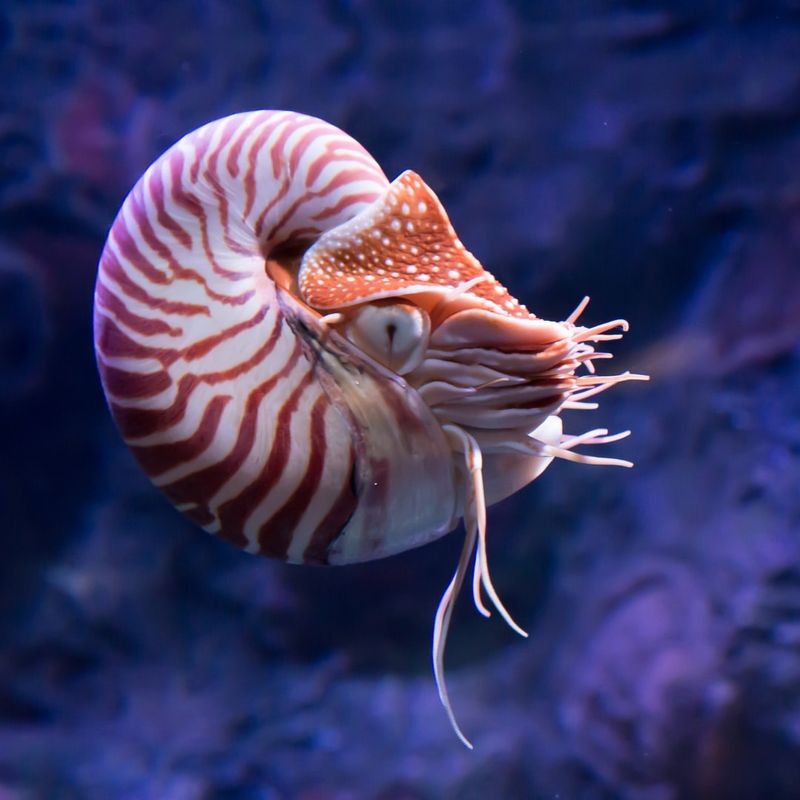
The mesmerizing nautilus, with its spiraled shell and gentle drifting, has been around for about 500 million years. This living fossil is a master of buoyancy, using gas-filled chambers to navigate the ocean depths. Nautiluses have survived multiple mass extinctions, showcasing their impressive adaptability.
Their shells are not only beautiful but also serve as a defense mechanism. Sadly, overfishing threatens their existence, but conservationists are working hard to ensure their survival. Marvel at their elegance and ancient wisdom!
3. Coelacanth
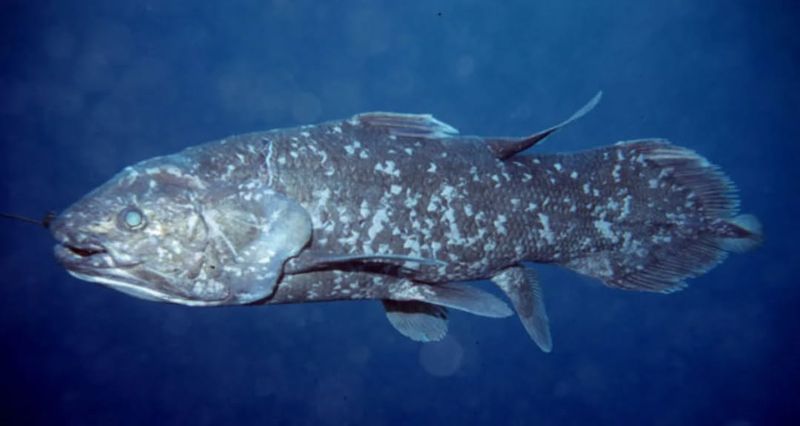
The coelacanth is a true blast from the past, first appearing around 400 million years ago. Thought to be extinct until its rediscovery in 1938, this fish is a living fossil. Coelacanths have unique lobed fins that hint at the transition from sea to land.
They inhabit deep ocean waters, eluding human eyes for centuries. Their mysterious existence continues to captivate scientists and adventurers alike. Preserving their habitat is crucial to ensuring their ancient lineage endures into the future.
4. Jellyfish
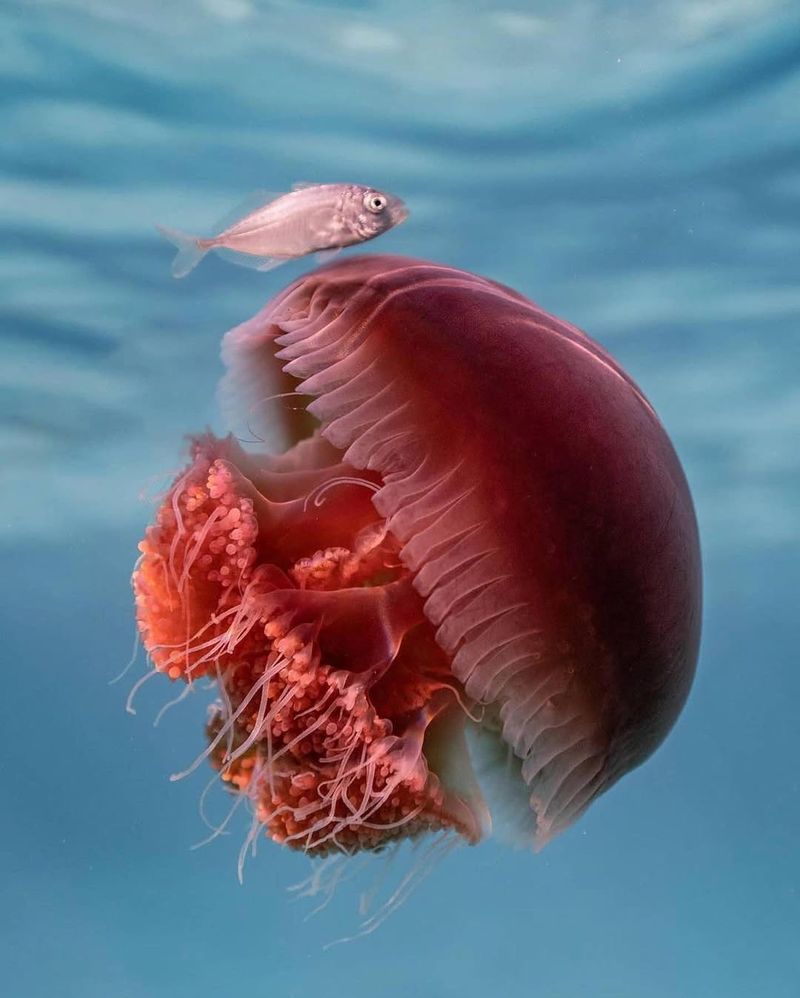
Jellyfish have been drifting through Earth’s oceans for over 500 million years. With their translucent bodies and mesmerizing movements, they are both beautiful and enigmatic. These gelatinous wonders have survived numerous planetary changes, adapting effortlessly to their environments.
While often seen as simple creatures, jellyfish have complex life cycles and fascinating hunting strategies. Their stinging tentacles are both a defense mechanism and a means to capture prey. Embrace the allure of these timeless ocean dancers!
5. Trilobite
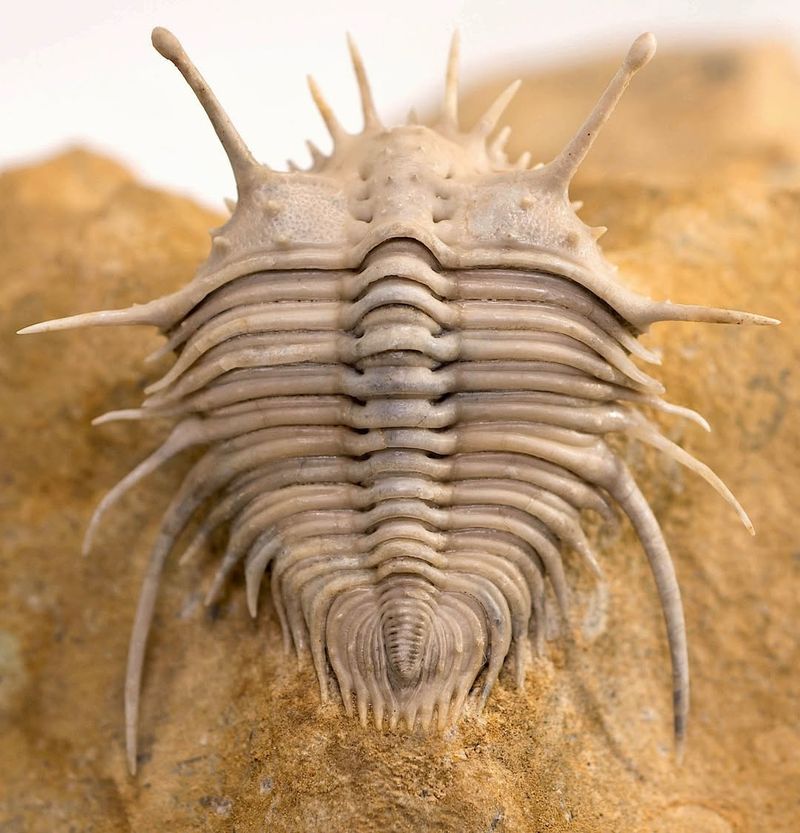
Trilobites roamed the ancient seas over 520 million years ago, leaving behind a rich fossil record. These armored arthropods were incredibly diverse, with thousands of species adapting to various marine habitats. Trilobites are often credited with having some of the earliest complex eyes in the animal kingdom.
Their sudden disappearance during the Permian mass extinction remains a mystery. Enthusiasts and paleontologists continue to uncover their fossils, revealing secrets of early marine ecosystems. Unearth the story of these prehistoric pioneers!
6. Sea Sponge
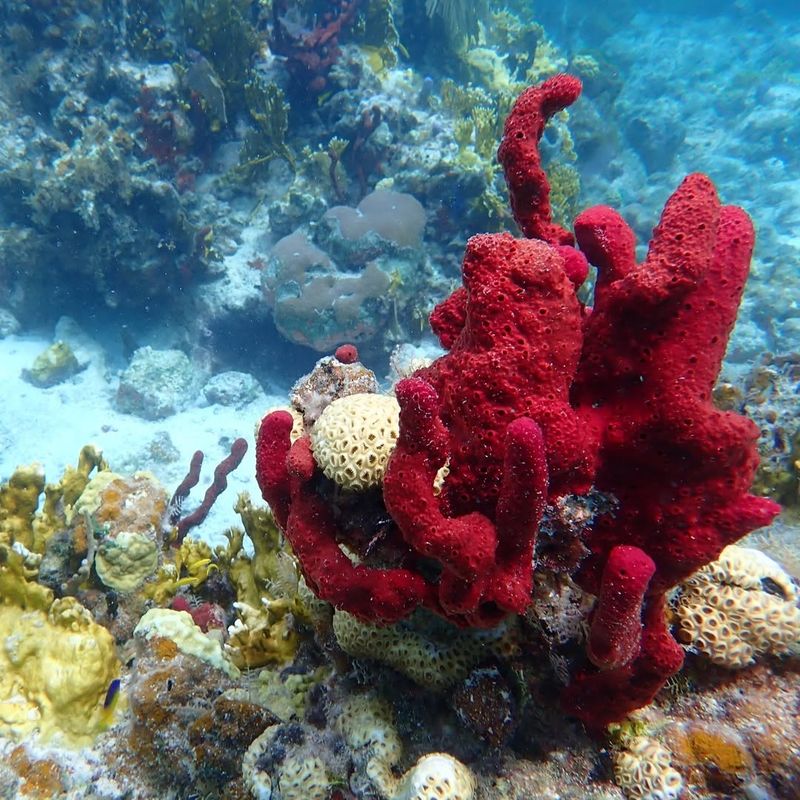
Sea sponges have been filtering the ocean’s waters for over 600 million years. As one of the oldest multicellular organisms, they play a crucial role in marine ecosystems. Their simple bodies, composed of porous tissues, provide habitats for numerous marine species.
Sponges are masters of water filtration, removing particles and recycling nutrients. Despite their simplicity, they possess remarkable regenerative abilities. Sea sponges continue to inspire biomimicry innovations, proving that ancient wisdom can pave the way for modern advancements.
7. Brachiopod
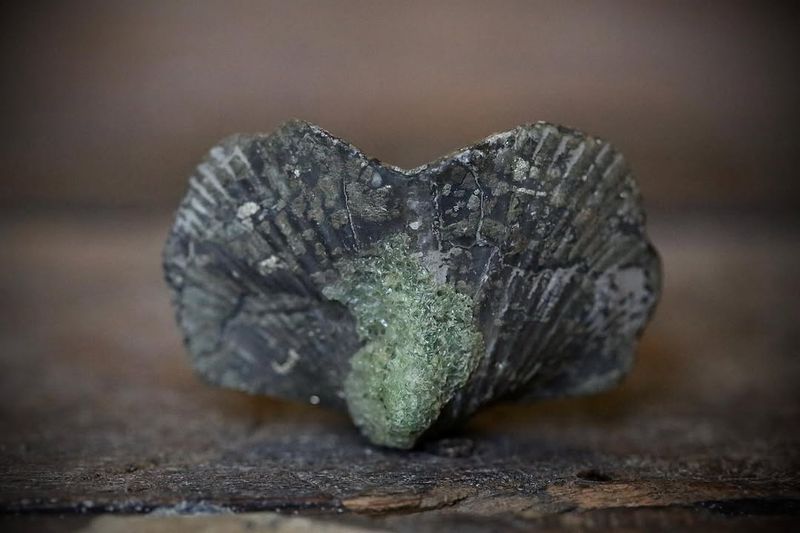
Brachiopods have graced the ocean floor for over 500 million years, resembling clams but belonging to a distinct lineage. These filter-feeding wonders have intricate shell designs and a unique way of opening and closing their shells.
Brachiopods thrived through numerous geological epochs, surviving massive extinction events. While their numbers have dwindled, they remain a fascinating glimpse into Earth’s ancient past. Fossils reveal their rich history, offering insights into prehistoric marine environments.
8. Lamprey
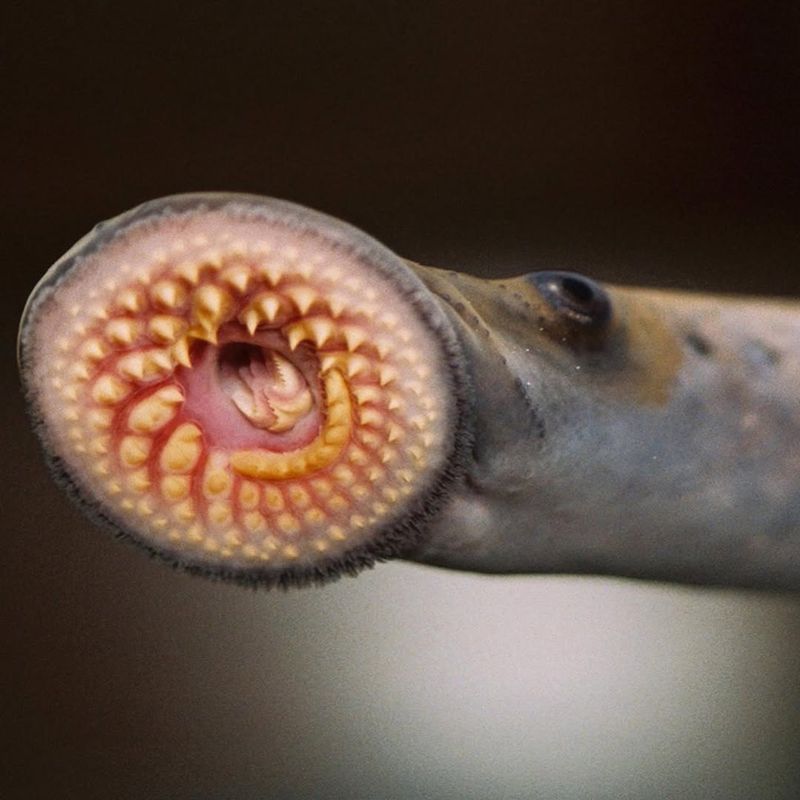
Lampreys have been slithering through Earth’s waters for over 360 million years. These jawless fish are known for their eel-like bodies and distinctive circular mouths lined with teeth. Lampreys are parasitic, attaching to host fish and feeding on their blood.
They play vital roles in controlling fish populations and contribute to aquatic ecosystems. Though often seen as pests, they have an important place in nature’s balance. Conservation efforts aim to preserve their unique ecological niche and ancient lineage.
9. Sturgeon
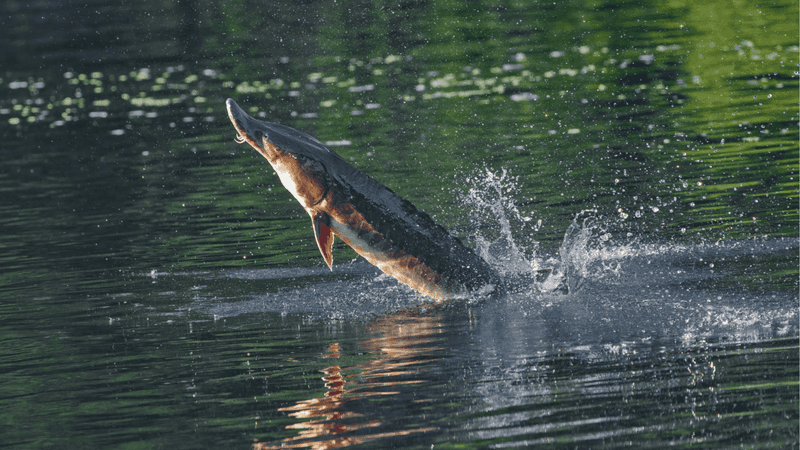
Sturgeons have been gliding through rivers and seas for over 200 million years, renowned for their bony plates and elongated bodies. These ancient fish are famous for producing caviar, a delicacy enjoyed worldwide. Sturgeons have survived multiple mass extinctions, adapting to changing environments.
They play a key role in aquatic food chains, serving as both predators and prey. Human activities threaten their populations, making conservation efforts essential to their future. Discover the legacy of these majestic river giants!
10. Tuatara
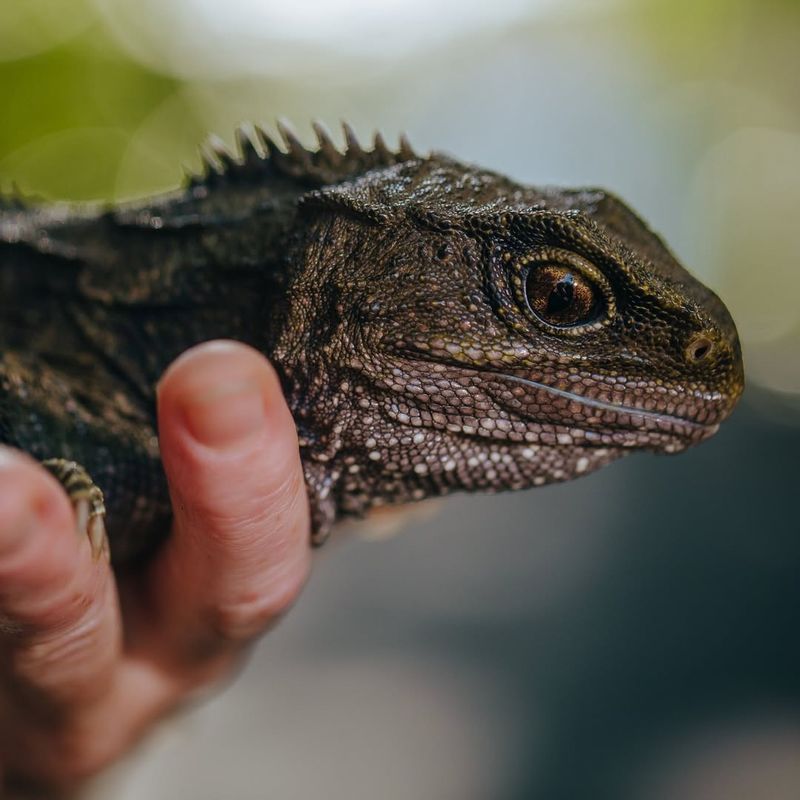
The tuatara, often mistaken for a lizard, is a reptile that has been around for about 200 million years. Native to New Zealand, these unique creatures have a spiny crest along their backs and a third eye on top of their heads. Tuataras are living fossils, having changed little over millions of years.
They play crucial roles in their ecosystems as predators of insects and other small animals. Conservation efforts are vital to protect their isolated habitats and ensure the survival of this living relic.
11. Tardigrade
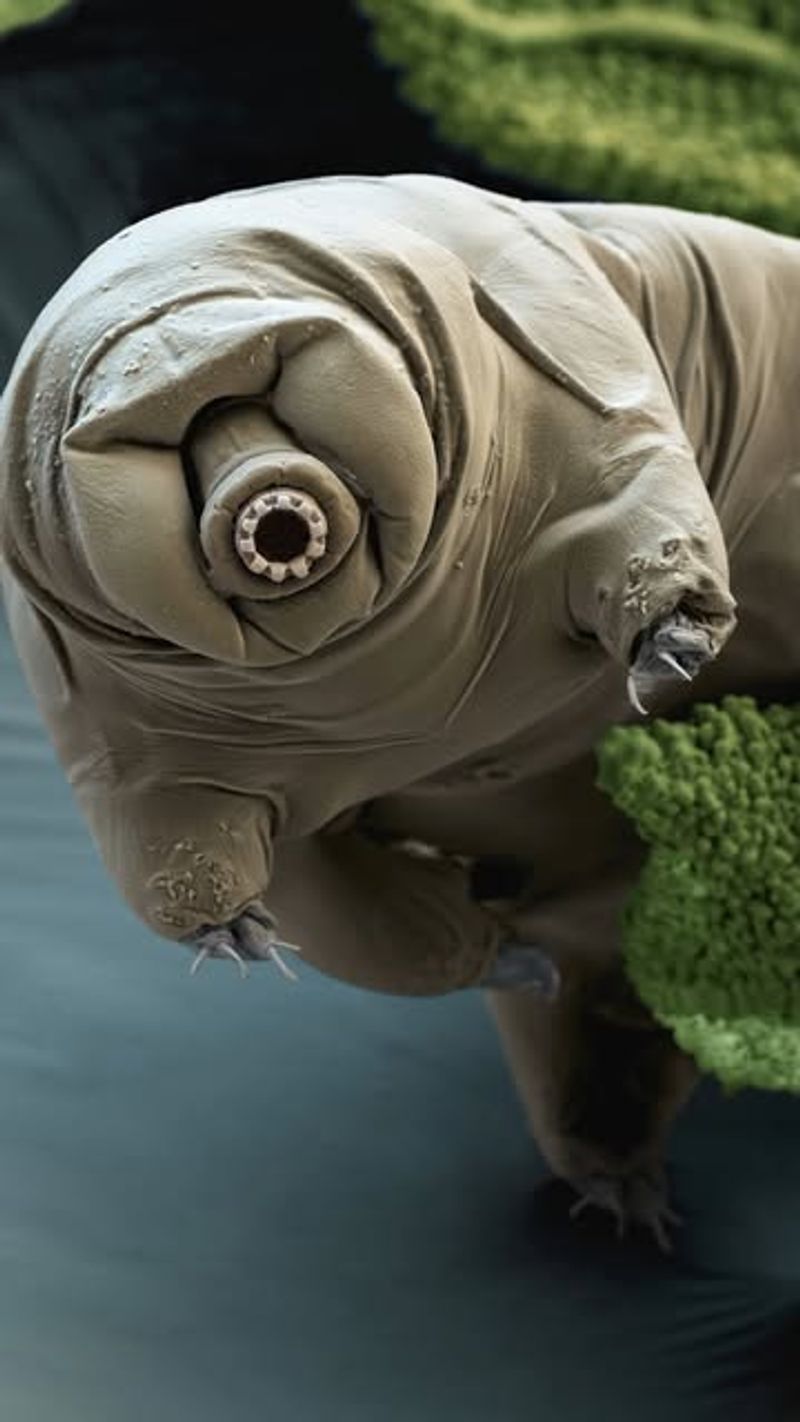
Tardigrades, affectionately known as water bears, have been around for over 500 million years. These microscopic marvels are renowned for their resilience, surviving extreme conditions like radiation, desiccation, and even the vacuum of space.
Their ability to enter a cryptobiotic state makes them virtually indestructible. Scientists study them for insights into stress resistance and potential applications in biotechnology. Meet the tiny titans that laugh in the face of adversity!


